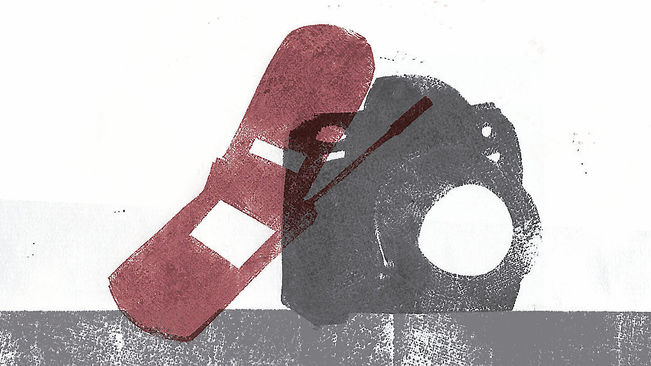11/6/1977, doanh nhân Philippe Kahn đã nhờ một người phụ tá mua một sợi dây để kết nối chiếc điện thoại với máy ảnh và đăng ảnh lên trang web.
View the article
1997. június 11-én Philippe Kahn egy észak-karolinai kórházban arra várt, hogy a felesége megszülje lányukat, Sophie-t. Mivel nem mehetett be a szülőszobába, az időt arra használta fel, hogy kitalálta, hogyan tudna a mobiltelefonja segítségével képet készíteni az újszülöttről, hogy azt egyből továbbíthassa is a barátainak. Mindezt persze egy olyan telefonnal, amellyel nem is lehetett fényképezni, és akkor, amikor az internet még bőven gyerekcipőben járt.
http://www.origo.hu/kultura/20170609-philippe-kahn-es-a-vilag-elso-mobilos-fotoja.html
When Philippe Kahn and his wife were expecting their first child, his plan was to photograph the event using his smartphone so he could share the event with friends and family. The only problem was that it was 1997 and smartphones hadn’t been invented yet. So, Kahn did what any mathematician / technological envelope-pusher would do: he shoehorned a miniature camera into a Motorola cell phone and—voilà!—on June 11, 1997, Kahn could share pictures of his newborn baby girl, Sophie, with about 2,000 friends and family members. You know where the story goes from here.
Though it’s difficult to imagine a world without “picture phones,” they began making cameo appearances in futuristic science-fiction films long before smartphones began decimating the bottom lines of camera manufacturers.
The very first wireless picturephone prototype, which was also known as the “Intellect,” was developed by Daniel Henderson, in 1993, but because the Internet was still in its infancy, there wasn’t much he could do with it—in comparison to the gymnastics modern smartphones can perform.
Apple’s Videophone made the rounds at trade shows, in 1995, along with other experimental devices from Kodak, Olympus, and Canon, but we had to wait until the year 2000 before we could step up to the counter and purchase one of our own.
Depending on whom you ask and how you define a “true” camera phone, the first commercially available camera-enabled phone was either the Samsung SCH-V200, which was introduced in June, 2000, or Sharp Electronics J-SH04 J-Phone, which was introduced 5 months later, in November of 2000.
Do you remember your first camera phone?
https://www.macobserver.com/columns-opinions/editorial/camera-phone-turns-20/

It’s hard to imagine a world without selfies.
It is difficult to believe that the first ever mobile phone photograph was only taken 20 years ago.
The first photograph, like so many since, was taken by a proud father of his new-born baby daughter. Sophie Kahn was born on June 11, 1997. During her mother’s labour, her father Philippe had been banished from the birthing suite for a period of time.
View the full article here
Philippe Kahn did not manufacture the first real cellphone with an integrated camera. But he was able to cobble together a Motorola StarTAC, a Toshiba laptop, a Casio QV-10 digital camera and a rat’s nest of cables inside of a hospital in Santa Clara, California, to capture the first picture of his newborn daughter, Sophie.
View article here

